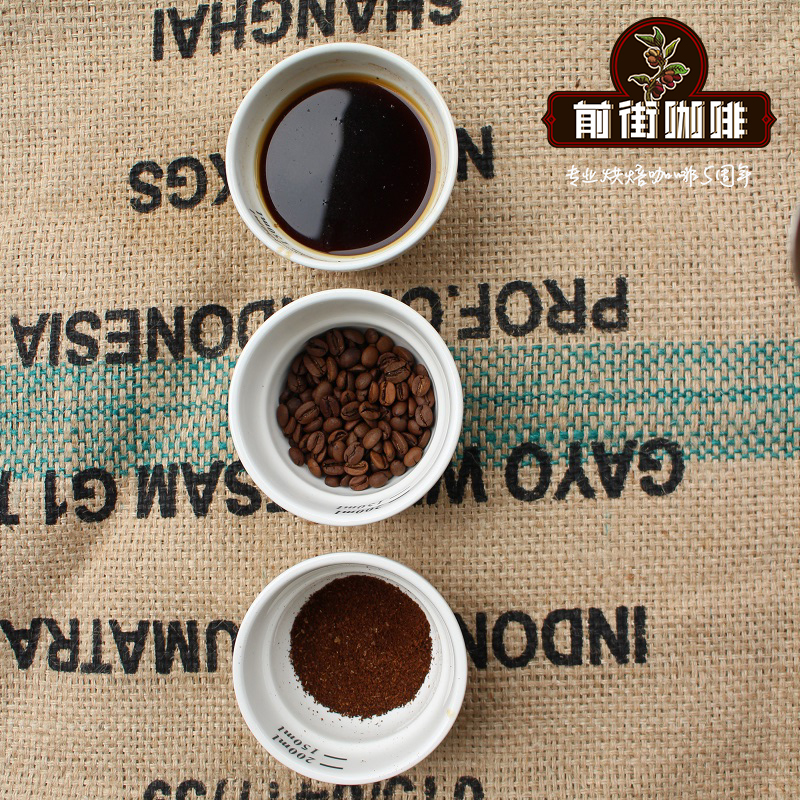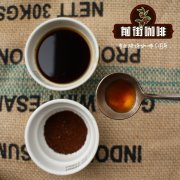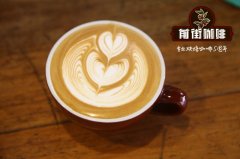How to handle the silver skin of coffee? do you know how to remove the silver skin of coffee beans?

Professional coffee knowledge exchange more coffee bean information please follow the coffee workshop (Wechat official account cafe_style)
Washing method
Water washing is the most extensive treatment method at present, which is different from the sun method in that it uses fermentation to remove the pectin layer.
-removal of shoddy beans (same day drying method)
Put the coffee beans in a large tank, the underdeveloped inferior beans will float on the surface, and the mature ones will sink to the bottom of the water, which is to remove the floating coffee fruit.
-remove the peel and pulp
After the pulp screening machine, the exocarp and pulp of the coffee fruit were removed. It leaves pectin, endocarp and silver peel.
-fermentation
This step is the use of biological treatment to remove pectin. Put the coffee fruit treated by the pulp screening machine into the fermentation tank for 16 hours and 36 hours, the fermentation bacteria will dissolve the pectin.
-washing
After completing the fermentation and removing the pectin, the coffee beans will be washed again because the fermentation bacteria and impurities will remain on the coffee beans. In order to clean it, this step consumes a lot of water.
-drying and removing endocarp and silver peel
The coffee fruit is usually dried by machine (or sun-drying) so that the moisture content is reduced to 1014%. Then use a sheller to remove the remaining endocarp and silver peel, so that the processing can be completed.
Silver Skin/Chaff: coffee fruit (coffee bean), also known as coffee cherry, includes exocarp, pulp, pectin layer, shell (also known as parchment layer), silver skin, endosperm (that is, seeds, the coffee bean part we want). A very thin film between parchment and coffee beans is silver, which is commonly called "silver" because of its glossy and silvery color. This layer of silver will fall off during baking. When grinding coffee, it is usually found that there are some silver crumbs in the coffee powder, which are the silver skins that cannot be peeled off from the coffee beans when roasted.
"Silver skin" is the coffee skin crumbs detached from the roasting process of raw coffee beans, which belongs to "scraps" and is generally disposed of as garbage. The seemingly useless silver skin of coffee contains the same content of soluble fiber as oats. Some people in Pingtung in Taiwan use it as a raw material to develop health food, which is another manifestation of the added value of the coffee industry.
Through research and analysis, it is concluded that the dietary fiber of silver skin is higher than that of oats, which can promote the growth of lactic acid bacteria and has high antioxidant ability. through animal experiments, it is also found that silver skin health products can effectively regulate body fat and promote the growth of intestinal bacteria.
The silver skin of coffee, which used to be regarded as garbage, is expected to find new use value, although only 300 grams of coffee skin can be produced for every 10 kilograms of coffee beans.
In any case, once the market value of coffee silver skin is determined, it will be of great help to stabilize or even improve the income of coffee farmers.
END
Important Notice :
前街咖啡 FrontStreet Coffee has moved to new addredd:
FrontStreet Coffee Address: 315,Donghua East Road,GuangZhou
Tel:020 38364473
- Prev

What is the coffee bean import process?| How to import coffee beans to China?
Professional coffee knowledge exchange More coffee bean information Please pay attention to coffee workshop (Weixin Official Accounts cafe_style) coffee bean import customs declaration procedures 1. consignee and consignor record number; 2. original label and corresponding Chinese translation; 3. import and export management right; 4. food circulation license; 5. certificate of origin; 6. health certificate/free sales certificate of producing country; 7. manufacturer
- Next

What's the effect of roasting and peeling coffee? what's wrong with the silver skins of roasted coffee beans?
Professional coffee knowledge exchange more coffee bean information please pay attention to the coffee workshop (Wechat official account cafe_style) silver collection bucket and exhaust fan in the use process, oil and dust gradually attached, exhaust air volume will be reduced because of blockage, resulting in exhaust burden, resulting in exhaust effect slowly weakening, such exhaust decline phenomenon, will then have a great shadow on the baking effect
Related
- Beginners will see the "Coffee pull flower" guide!
- What is the difference between ice blog purified milk and ordinary milk coffee?
- Why is the Philippines the largest producer of crops in Liberia?
- For coffee extraction, should the fine powder be retained?
- How does extracted espresso fill pressed powder? How much strength does it take to press the powder?
- How to make jasmine cold extract coffee? Is the jasmine + latte good?
- Will this little toy really make the coffee taste better? How does Lily Drip affect coffee extraction?
- Will the action of slapping the filter cup also affect coffee extraction?
- What's the difference between powder-to-water ratio and powder-to-liquid ratio?
- What is the Ethiopian local species? What does it have to do with Heirloom native species?

